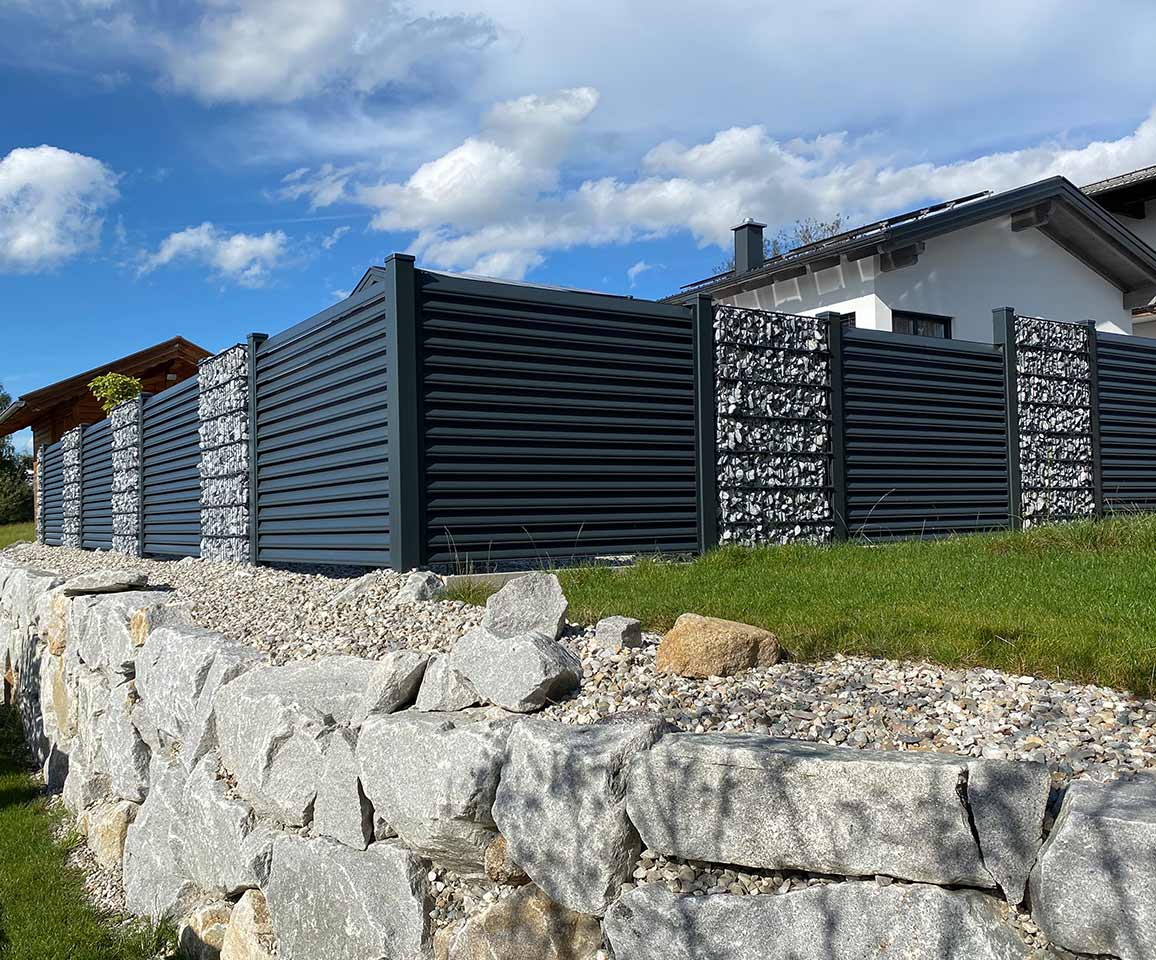Why Property Owners Are Investing in Gates to Mark Territory and Manage Traffic Flow
Why Property Owners Are Investing in Gates to Mark Territory and Manage Traffic Flow
Blog Article
Why Property Owners Are Investing in Gates to Mark Territory and Manage Traffic Flow
Gates have served for a long time a dual purpose in both residential and commercial spaces in defining the boundaries of access and limiting access. Today, they are more than just functional structures; they are architectural statements that express the owner's responsibility and security. If they are placed at the entryway of a private residence, a commercial facility, or a large estate the presence of gates (brány) sends a signal that the property is defined, managed, and in control.

From a boundary perspective gates are the last aesthetic and structural element that connects fencing and landscaping to establish the boundary of the property. They represent more than an outline on a map. A well-designed gate reassures visitors and passersby that the space beyond is protected or private as well as reducing confusion about where public space ends and private property begins. Homeowners, it gives peace of peace of. For businesses, it supports the operation by keeping the premises tidy and restricting access to unnecessary areas.
Controlled access is one of the most important functions that gates perform especially in areas in which safety and security are priorities. With the rise of automated gate systems, keypad entries, and sensor-driven controls, the gate cannot be simply opened and closed by hand. Property owners have the capability to monitor and manage entry remotely or within the building. This reduces risks, limits guests who are not invited, and increases overall safety for residents, employees, and assets.
In many cases the presence of a gate also deters casual intrusions. It creates a psychological barrier that blocks access to unauthorized persons even prior to a physical barrier being in place. This is especially essential in residential areas or in rural settings that have clearly marked boundaries are a way to prevent unintentional visits.

Furthermore, the design and construction of a gate add to the property's aesthetic appeal. Gates made of wrought iron and wooden sliders as well as sleek aluminum designs create a statement about the design of the property and the preferences of the owner. While functionality is the most important aspect however, the visual effect of gates should not be underestimated. It enhances curb appeal, improves the consistency of the architecture, and also adds long-term value to the property.
In the end, gates serve an essential role in shaping how property is experienced and protected. They establish clear limits that reinforce ownership and allow control over who can come in and out. For privacy, security, or simply organization, gates are not just structural features They are also active players in the management and management of any property. Report this page